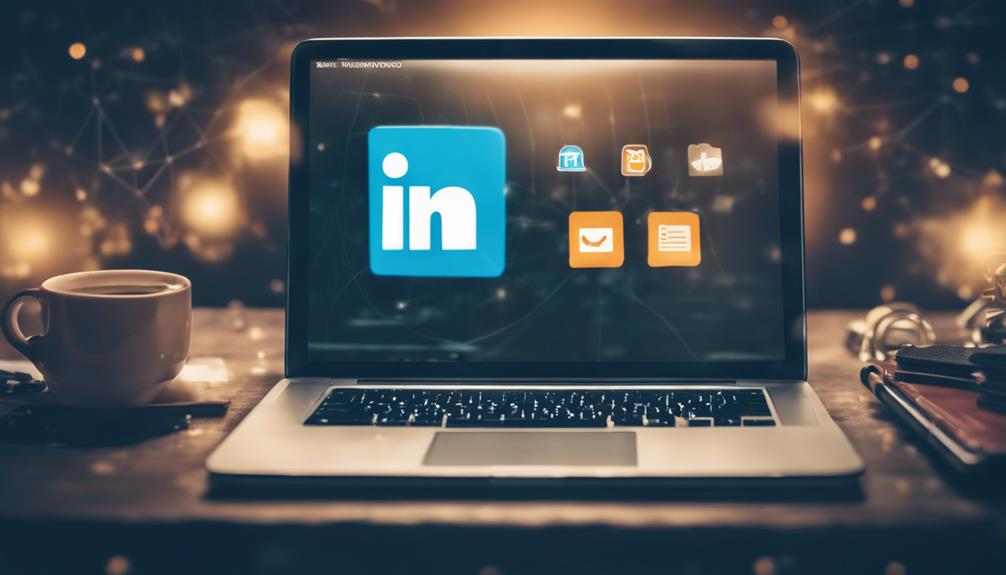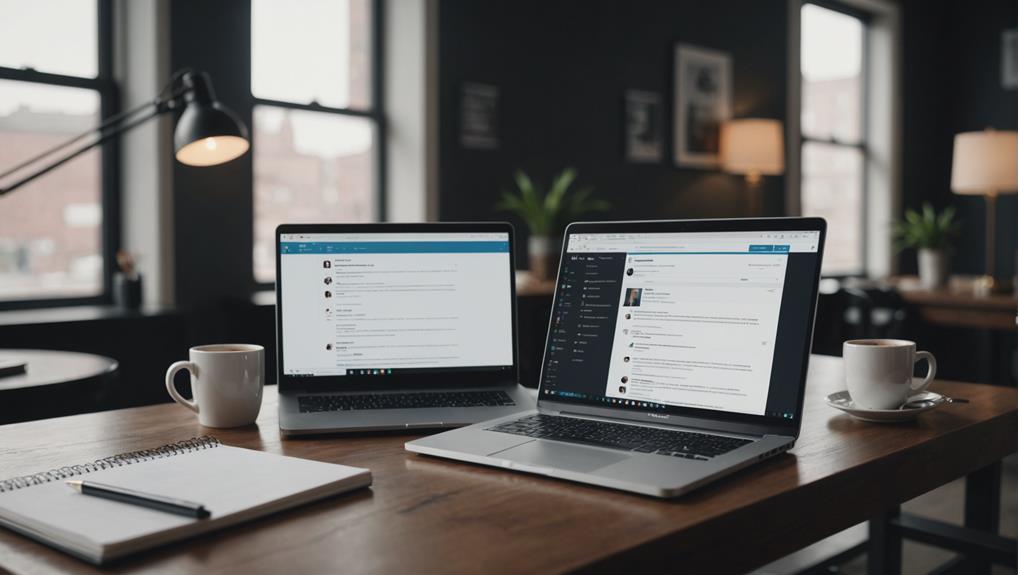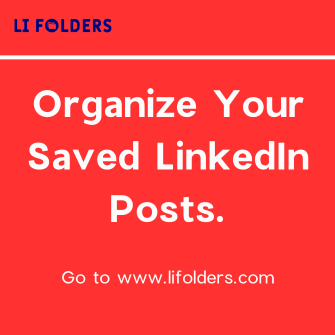
In the landscape of professional networking on LinkedIn, the efficacy of your LinkedIn connection request template can significantly influence the acceptance rate. Consider the essential components of a successful outreach: brevity, relevance, and personalization. These elements not only reflect your professionalism but also underscore your awareness of the recipient's time and achievements.
Yet, one must ponder, what specific balance of these components creates the most compelling invitation? Ensuring the optimal mix might just transform your digital networking efforts.
Join the discussion on how we can refine our approach to building meaningful professional connections on LinkedIn.
Crafting the Perfect Template

To craft the perfect LinkedIn template, one must start by personalizing the greeting and clearly articulating a dedicated interest in the recipient's unique contributions. Addressing them by their first name fosters an immediate sense of familiarity and respect.
Highlighting specific aspects of their published works or initiatives, such as key research articles, major projects, or innovative business strategies, not only shows thorough engagement but also sets the stage for a meaningful connection. Commending their insights on particular topics further emphasizes your appreciation for their expertise in fields like artificial intelligence, healthcare innovation, or sustainable development.
Incorporating a smooth transition towards a soft ask—such as hoping for further discussions or feedback on trends in your mutual industry—helps maintain the natural flow and respectful tone. This approach invites a sense of community and mutual growth, crucial for nourishing professional relationships on platforms like LinkedIn.
Key Elements for Success
Building on the foundation of crafting an ideal LinkedIn template, understanding the key elements for success is crucial for enhancing LinkedIn connection strategies. Central to these elements is the utilization of personalized greetings and specific references to the recipient's content, such as their LinkedIn posts or professional achievements.
These tailored approaches signal a genuine investment in forming a connection, fostering a sense of belonging and appreciation. Additionally, subtly expressing a willingness to engage further—whether discussing shared industries like [Industry] or mutual connections—without making overt demands, cultivates an inviting and respectful atmosphere.
This approach positions you not just as a networker, but as a community builder who values mutual respect and genuine interest. Emphasizing these principles within your LinkedIn interactions, such as mentioning specific companies ([Company]), roles ([Job Title]), or projects ([Project Name]), can significantly enhance the likelihood of acceptance and foster meaningful connections.
Objectives of the LinkedIn Template

The primary objective of the LinkedIn template is to streamline the process of making professional connections by showcasing genuine interest and understanding of the recipient's achievements and contributions. It is designed to foster an environment where professionals feel valued and seen, acknowledging that their work does not go unnoticed. This creates a sense of belonging within a network that values their skills and contributions.
By personalizing each interaction, the template ensures that connections are not only strategic but also meaningful. It invites recipients into a professional circle where mutual respect and admiration are the norm, setting a solid foundation for lasting professional relationships built on mutual interests and professional respect.
By leveraging this template, users can effectively engage with individuals across various industries such as marketing, information technology, finance, and healthcare. Whether one is reaching out to a software engineer in Silicon Valley or a financial analyst on Wall Street, this template is versatile enough to accommodate different professional backgrounds and career achievements.
The template can also be particularly useful for recruiters looking to establish a genuine connection with potential candidates, entrepreneurs seeking new business partners, or professionals aiming to expand their network within their specific industry.
Ultimately, the template aims to enhance the overall LinkedIn experience by promoting meaningful and lasting professional relationships, making it an indispensable tool for career development and networking.
Enhancing Future Engagement Opportunities
By utilizing targeted LinkedIn templates, professionals can significantly enhance their future engagement opportunities with potential cohort. Leveraging personalization elements like mentioning specific details from the recipient's self-authored content fosters a warm regard. This approach not only signals your earnest interest in their work but also lays a robust foundation for reciprocate interactions, shaping a mutually beneficial relationship.
To nurture these burgeoning connections, communication tailored to their interests and needs is crucial. It creates a sense of community and belonging, encouraging ongoing dialogue and potential collaborations.
Therefore, a well-crafted LinkedIn engagement strategy is instrumental in transforming initial acceptance into lasting professional relationships, providing immense value to all parties involved.
Recommended LinkedIn Request Templates

Leveraging carefully crafted LinkedIn connection request templates can substantially increase the success rate of your invitations within the professional networking platform.
By incorporating strategies rooted in community-building and mutual respect, you can create messages that resonate with your target audience.
For example, start with a personalized salutation using the recipient's first name to set a cordial tone. Reference particular aspects of their authored content or professional accomplishments that you genuinely admired, which signifies genuine interest and appreciation of their expertise.
Conclude with a gentle invitation to connect, conveying your enthusiasm to engage further while avoiding any semblance of imposition.
Frequently Asked Questions
How Often Should I Update My Linkedin Request Templates?
To maintain relevance and effectiveness, it's advisable to update your LinkedIn connection request templates quarterly, or whenever you notice a shift in engagement patterns, industry trends, or changes in LinkedIn's algorithm that could impact your networking strategy.
Can I Use the Same Template for Different Industries?
While it's possible to use the same template for connection requests across various industries, tailoring your approach to align with the specific industry's culture, lexicon, and professional jargon—such as tech, healthcare, or finance—can significantly enhance the effectiveness and relevance of your outreach.
What Are the Risks of Over-Personalizing a Linkedin Request?
Over-personalizing a LinkedIn request can lead to perceptions of insincerity or privacy invasion, potentially causing discomfort and reducing the likelihood of a favorable response. This can ultimately hinder relationship building and professional networking opportunities on the platform.
How Do I Measure the Success of My Linkedin Templates?
To measure the success of your LinkedIn templates, track the acceptance rate of connection requests, analyze engagement metrics such as likes, comments, and shares on your posts, and monitor the growth of meaningful interactions and professional relationships over time. Additionally, use LinkedIn Analytics to gather quantitative data on profile views and content performance.
Are There Any Legal Considerations When Using Templated Requests on Linkedin?
When using templated requests on LinkedIn, consider privacy laws and intellectual property rights to ensure regulatory compliance. Always customize your templates to avoid potential breaches of LinkedIn's User Agreement, which prohibits spamming and impersonal bulk messaging.
Conclusion
In summary, a well-crafted LinkedIn template is instrumental in fostering professional connections through personalized communication.
Emphasizing a recipient's individual achievements and aligning with shared professional interests are key factors in securing request acceptance.
This strategy not only enhances the chances of building robust relationships but also opens avenues for future engagement, creating a positive impact within professional networks like LinkedIn.
Customized request templates are pivotal in establishing meaningful and collaborative interactions in the digital realm, particularly on professional networking platforms.






